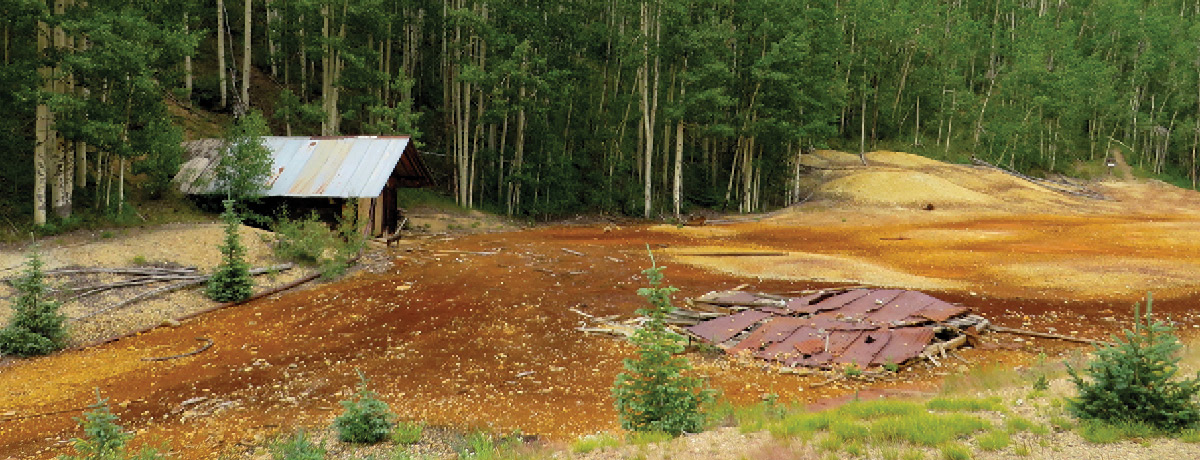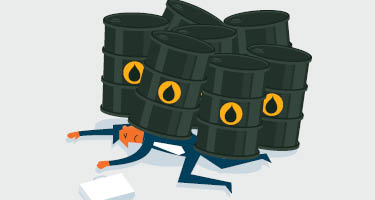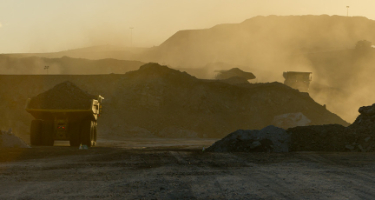After decades of advocacy and debate, a new Colorado mining pollution law finally cleans “common sense” contamination of the state’s drinking water.
A bipartisan effort, President Biden signed the Good Samaritan Remediation of Abandoned Hardrock Mines Act into law in December.
The new law establishes a pilot program to clean hundreds of abandoned mines across Colorado polluting rivers with acidic drainage and toxic dissolved metals. And harming drinking water supplies, and wildlife habitats across many Western regions.
According to the Colorado Division of Reclamation, Mining and Safety, a government organization that oversees these sites and aims to protect the public, miners and the environment, more than 23,000 abandoned mines are scattered throughout the state—500 with harmful levels of pollutants.
The Long Fight for “Common Sense”
For decades, advocacy groups and public intervention have been significantly impeded by environmental protection provisions that require taking on the legal liabilities of hazardous waste removal.
Despite bipartisan support for environmental cleanup efforts, passing the law took 25 years.
“This law is common sense,” said Sen. Michael Bennet following the bill’s enactment.
“Thousands of abandoned mines pollute our ecosystems and threaten our watersheds in Colorado and across the West. This bill will make it easier for our state, local governments and nonprofits to clean up these mines, reduce pollution and improve water quality.”
Over the last decade, Bennet and many other state representatives have tirelessly introduced multiple iterations of the bill to no avail, finally gaining success before the new year.
This landmark legislative action serves as the first step toward the removal of not only harmful materials but also a slew of arduous legal liabilities for advocacy groups and state government organizations who’ve volunteered to clean up these sites and improve water quality.
Pilot Light
Years before regulations were introduced to hold miners responsible, many of these now abandoned sites across Colorado’s highly valued mineral belt stopped production, leading to unkempt conditions and worsening environmental degradation.
A site can now be eligible for pilot program cleanup under the law if no party can be held liable for the original mining operation and subsequent pollution.
Running seven years until it faces congressional consideration, the pilot program will allow nonprofit organizations, statewide agencies, environmental advocacy groups and the public to clean up abandoned sites free from any risk of legal liability.
In collaboration with state authorities, the U.S. Environmental Protection Agency will set up the program over 180 days, proposing 15 individual sites for evaluation and cleanup.
“It’s a huge milestone and arguably one of the most important environmental laws to pass in decades,” stated Ty Churchwell, a mining coordinator at Trout Unlimited.
Churchwell and Trout Unlimited have worked for nearly two decades to advocate for and create longstanding policies around abandoned mine cleanup efforts.
An Expensive Problem
As cleanup progresses, state representatives, nonprofit organizations and affected communities will require significant financial backing to tackle projects.
According to Trout Unlimited, the estimated cost of cleaning up every hazardous mine in the U.S. is $50 billion.
Future iterations of the law may include provisions that allow companies to conduct reclamation operations, and collect and sell valuable minerals from acid mine drainage.
Any funds from reclamation efforts can then be used to offset cleanup costs and bolster more corporate support.
Before future iterations are presented, the passage of the Good Samaritan Remediation of Abandoned Hardrock Mines Act and its pilot program is an important first step to protecting clean drinking water for all of Colorado.
































